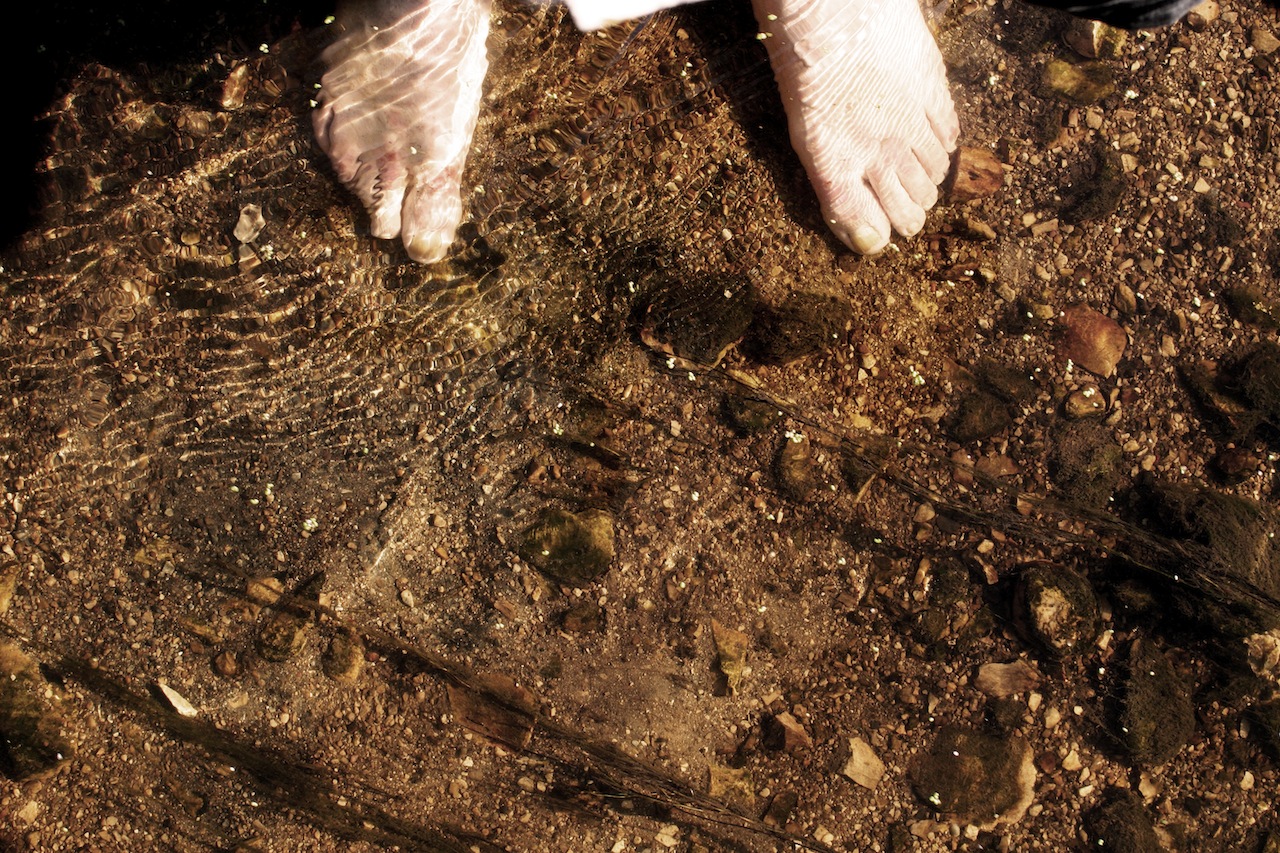Moss-American
Milwaukee, WI
Latitude: 43.173963
Longitude: -88.030282
The Moss-American site encompasses 88 acres including a former creosote facility and six miles of the Little Menomonee River that runs adjacent to the former facility. Currently it is a small ecological utopia and dreamlike area that chatters with bird, insect and amphibian life. The Moss-American property is situated at the intersection of Brown Deer and Granville Roads on Milwaukee’s northwest side. About 65 acres are undeveloped County parkland and the remaining 23 acres are owned by the Union Pacific Railroad and are used for industrial purposes.
Moss-American operated as a wood-preserving facility that treated railroad ties with a creosote and fuel-oil mixture from 1921 to 1976. EPA field studies concluded widespread pollution in the area and found the soil, ground water and sediment in the Little Menomonee River to be contaminated. Pollutants of concern included polychlorinated aromatic hydrocarbons and organic compounds such as benzene, toluene, ethyl benzene, and xylene.
Creosote is derived from coal tar. Naphthalene, an example of a PAH, is the most common ingredient in coal tar as well as the most common ingredient in creosote. PAHs can cause irritation and rashes to people with sensitive skin. Because river sediment was contaminated with PAHs, it was important for people to not come into contact with it.
EPA and Tronox (formerly Kerr-McGee) had rerouted three of five segments of the Little Menomonee River from 2002 to 2005. The reroute included digging a new channel close to the river’s original path. Roughly 26,000 tons of contaminated sediment was removed and stored on the Moss-American property. About 5,500 tons of sediment was removed from 4,300 feet of river, starting south of Silver Spring Drive moving north to Appleton Avenue, areas four and five. Plants and trees were planted along the banks to stabilize the river channel. An active ground-water treatment system is still operating because cleanup goals have not been fully met. EPA will continue to monitor the site through 2026 and determine then if it can be taken off the Superfund list.
